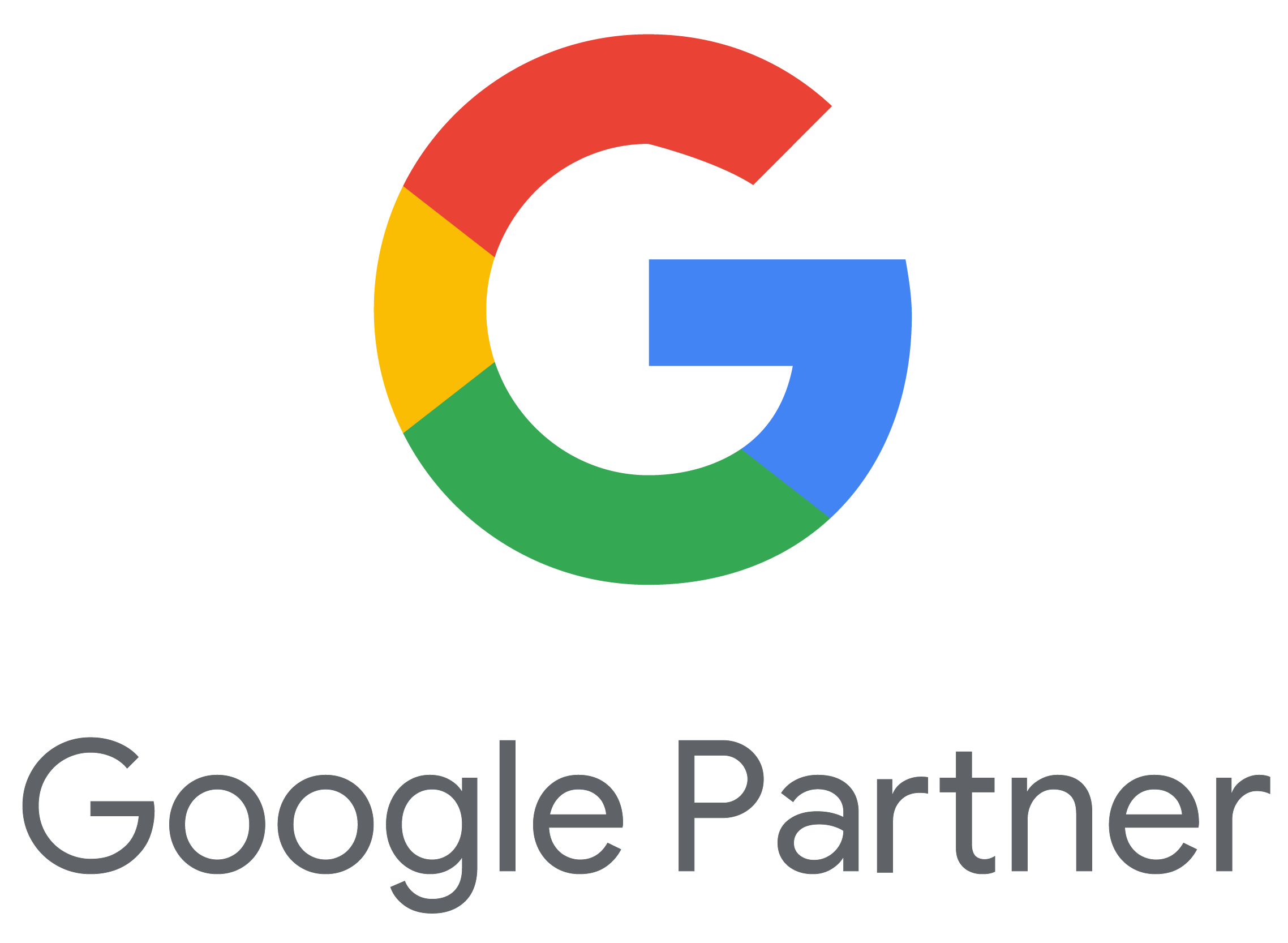PPC for Higher Education: A Comprehensive Guide for Institutions

In today’s competitive higher education landscape, institutions are turning to digital advertising to attract prospective students, build brand awareness, and ultimately drive enrollment.
Among the most effective digital advertising methods is Pay-Per-Click (PPC) advertising.
This strategy offers educational institutions a direct, measurable way to reach potential students at various stages of their decision-making process.
In this guide, we’ll explore everything you need to know about PPC for higher education, including how it works, best practices, and actionable tips to run successful campaigns.
What is PPC for Higher Education?
PPC advertising refers to a model where advertisers pay each time a user clicks on their ad. In the context of higher education, PPC allows institutions to advertise on search engines like Google or on social media platforms like Facebook and Instagram, targeting specific student demographics.
The main goal of PPC for higher education is to attract prospective students, generate applications, and build long-term relationships with future enrollees. It’s an essential tool for institutions looking to increase visibility, particularly in a market that’s crowded with other colleges and universities.
Why is PPC Important for Educational Institutions?
PPC advertising holds significant value for higher education institutions for several reasons:
- Increased Visibility: With PPC, colleges and universities can appear at the top of search engine results when prospective students search for programs or courses. This instant visibility can significantly impact how many students visit your website and eventually apply.
- Targeted Reach: PPC enables institutions to target highly specific audience segments. For instance, you can target high school seniors, mature students, or individuals looking for online degree programs.
- Measurable Results: One of the major benefits of PPC is the ability to track performance and adjust strategies based on real-time data, ensuring better decision-making and a more efficient use of marketing budgets.
Understanding PPC Advertising in the Context of Higher Education
What Makes PPC Unique for Higher Education?
The education sector is unique in that prospective students often start their research years in advance. For institutions, this means running PPC campaigns that not only target immediate applicants but also build long-term relationships with future students.
Higher education PPC campaigns need to consider multiple decision-making stages:
- Awareness: Prospective students are just learning about your institution and exploring their options.
- Consideration: They are comparing programs and looking into the specific offerings of your institution.
- Decision: Students are ready to apply, and your goal is to convert them.
Key Platforms for Higher Education PPC Campaigns
- Google Ads:
- Search Ads are ideal for capturing high-intent traffic, such as students searching for "best online MBA programs" or "affordable law school."
- Display Ads can increase brand awareness by targeting students as they browse other websites, showing your ads across a variety of platforms.
- Social Media Ads (Facebook, Instagram, LinkedIn):
- Social media ads are especially effective for student engagement. For example, LinkedIn can be used to target graduate students with professional backgrounds, while Facebook and Instagram can appeal to younger students through visually engaging content.
- YouTube and Video Ads:
- Video ads are great for storytelling. Use them to give prospective students a virtual tour of your campus, share success stories from alumni, or showcase the benefits of your programs.
Setting Up a PPC Campaign for Higher Education
Step 1: Defining Campaign Goals
Start by defining your objectives:
- Enrollment Goals: Focus on getting more applications and inquiries for specific programs.
- Awareness Goals: Build long-term recognition for your institution, particularly for niche programs like online courses or specialized degrees.
For example, if your goal is to increase applications for a graduate business program, your campaign would target individuals who have already earned an undergraduate degree and are looking to further their education.
Step 2: Identifying Your Target Audience
A critical element of PPC is understanding your audience. Student demographics will vary based on the program type:
- Undergraduate Students: Target high school seniors, with a focus on their academic interests (engineering, arts, business).
- Graduate Students: Target professionals who may be looking to further their careers by earning a master’s or doctoral degree.
For example, an online degree program targeting working professionals would require a very different approach than a campaign aimed at traditional high school seniors.
Step 3: Keyword Research for Higher Education PPC
Keyword research is a cornerstone of any PPC campaign. You need to identify the right search terms that align with the goals of your institution. Use tools like Google Keyword Planner or SEMrush to find keywords specific to your programs.
For example, an online law school might target long-tail keywords like “best online law programs for environmental law,” whereas a local university might focus on “undergraduate programs in computer science in [city name].”
Step 4: Crafting Compelling Ad Copy
Your ad copy should speak directly to prospective students, highlighting the unique value your institution offers. Use action-oriented language that motivates users to click, such as "Apply Now," "Get More Information," or "Learn More About Our Programs."
Example ad copy for a graduate school might be: “Join Our Top-Ranked MBA Program—Apply Today and Take Your Career to the Next Level.”
Best Practices for PPC Campaigns in Higher Education
Optimizing Landing Pages for PPC Campaigns
It’s not enough to just drive traffic to your website. Once a user clicks on your ad, they need to land on a page that’s optimized for conversions. This includes:
- Clear, relevant content related to the ad they clicked
- Easy-to-navigate layout
- Strong calls-to-action (CTAs)
For example, if your ad promotes your business school, the landing page should provide detailed information on the program, faculty, testimonials, and an application link.
Budget Allocation and Bidding Strategies
When it comes to PPC for higher education, budget management is critical. Start by allocating your budget across the most relevant channels and campaigns. Monitor your campaigns’ performance and adjust bids accordingly.
Example: A higher budget may be allocated to Google Search Ads for high-intent keywords like “best online nursing program,” while Display Ads for brand awareness can receive a smaller budget.
Ad Extensions and Their Benefits
Ad extensions enhance your PPC ads by adding more information, making your ad more engaging. Consider using:
- Sitelink Extensions: Direct users to specific pages like admissions or program details.
- Call Extensions: Allow users to call your admissions office directly.
- Location Extensions: Useful for driving local campus visits or events.
These extensions make your ad more relevant and can lead to higher click-through rates (CTR).
Measuring and Analyzing PPC Performance
Key Metrics to Track for Higher Education PPC Campaigns
PPC success hinges on tracking the right metrics. Monitor the following:
- Click-Through Rate (CTR): Indicates how relevant your ad is to the target audience.
- Cost-Per-Click (CPC): Helps you understand the cost-effectiveness of your campaigns.
- Conversion Rate: Measures how many clicks turn into actual applications or inquiries.
A good example is tracking the conversion rate of users who clicked on a "Request Information" ad for an undergraduate program and then submitted their details.
A/B Testing for PPC Campaigns
A/B testing allows you to compare two versions of an ad to see which one performs better. Test elements like headlines, CTAs, and landing pages. For instance, you might test two different headlines: “Apply for a Top-Tier MBA Program” vs. “Advance Your Career with Our MBA.”
Common Challenges and How to Overcome Them
- High Competition in the Education Sector
With so many institutions vying for student attention, differentiating your school is crucial. Focus on niche targeting, such as specific programs or unique aspects of your institution.
For example, a university offering specialized online courses might emphasize flexibility and personalized support, attracting mature students or working professionals.
- Managing PPC Campaigns for Multiple Programs or Campuses
Larger institutions with multiple programs or campuses must structure their campaigns carefully. Consider using geo-targeting for local campuses and separate campaigns for each department or program to optimize results.
Advanced PPC Strategies for Higher Education Institutions
Remarketing Campaigns for Increased Conversions
Remarketing helps you target users who have previously visited your site but didn’t convert. For instance, if a student visited your law program page but didn’t apply, you can show them targeted ads encouraging them to complete their application.
Leveraging Local SEO and PPC for Campus-Related Goals
Combine local SEO efforts with PPC campaigns to target local students attending campus events like open days or tours.
How AdClear Can Help with Higher Education Marketing Strategies
AdClear is a leading marketing agency for colleges that specializes in creating tailored higher education marketing strategies designed to drive student enrollment and enhance brand visibility.
With years of experience working with educational institutions, AdClear helps colleges and universities optimize their PPC campaigns, ensuring they reach the right audience at the right time.
AdClear offers a comprehensive suite of services, including:
- Targeted PPC Campaigns: Crafting effective pay-per-click campaigns that drive high-quality traffic and convert visitors into applicants.
- Custom Marketing Strategies: Developing data-driven strategies to attract prospective students, whether they’re looking for undergraduate, graduate, or online programs.
- Continuous Optimization: Regular analysis and refinement of campaigns to ensure maximum ROI and ongoing success.
By partnering with AdClear, colleges can leverage the expertise of a dedicated marketing agency to streamline their higher education marketing strategies, ensuring that every campaign is cost-effective, results-driven, and aligned with their goals.
Frequently Asked Questions (FAQ)
Effective higher education marketing strategies often involve a mix of targeted PPC campaigns, content marketing, social media engagement, and SEO. By utilizing tools like Google Ads and social media platforms, educational institutions can reach potential students at different stages of their decision-making process, ensuring higher visibility and more applications.
A marketing agency for colleges specializes in creating and managing PPC campaigns that are specifically tailored to the needs of higher education institutions. By leveraging data and student demographics, these agencies ensure that your ads reach the right audience, optimize your ad spend, and improve conversion rates, ultimately boosting student enrollment and brand recognition.
PPC is a powerful tool for higher education institutions because it allows them to target prospective students with highly specific ads based on their search intent. By using PPC in higher education marketing strategies, colleges can increase visibility, drive traffic to their website, and generate leads, all while measuring the success of their campaigns in real time.
AdClear, as a marketing agency for colleges, specializes in creating customized marketing strategies to help colleges achieve their enrollment goals. From setting up PPC campaigns to optimizing them for maximum ROI, AdClear ensures that your higher education marketing strategies are aligned with your objectives and yield measurable results.




